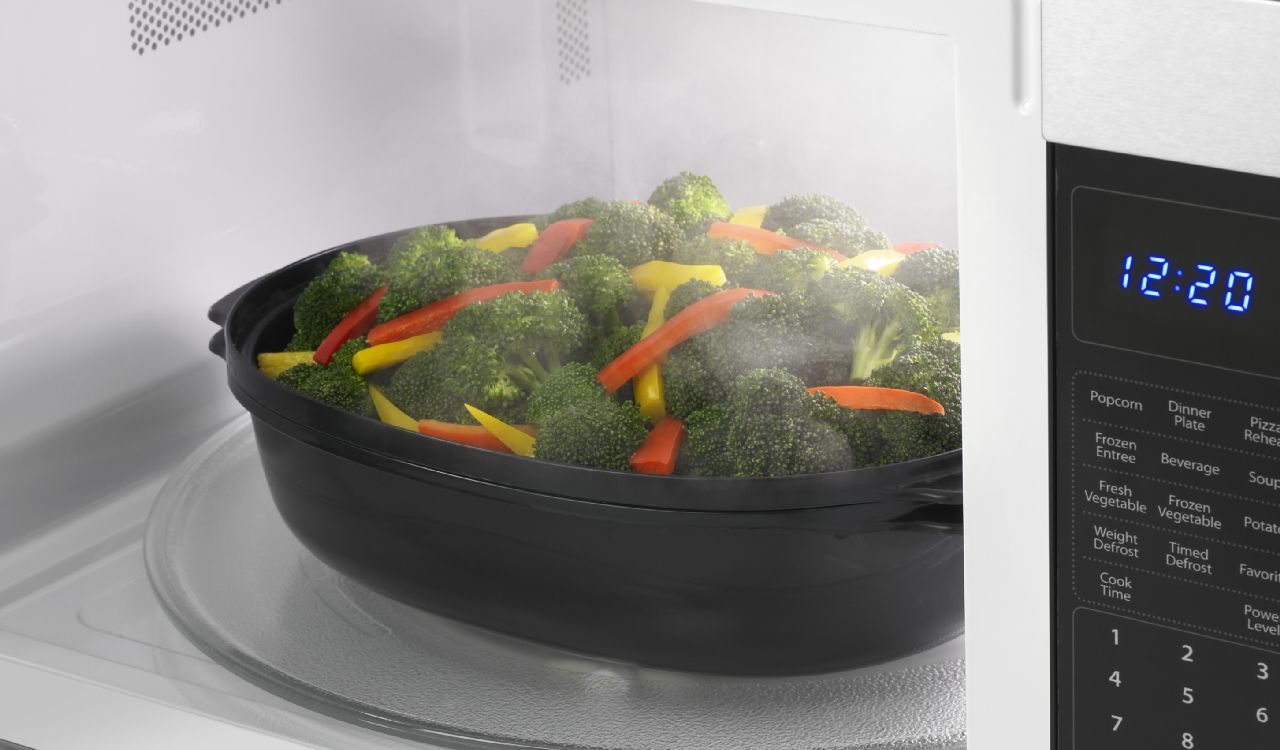
It is only natural for a microwave to make a light humming noise as it is heating up your food. That means everything is working as it should be. However, any other noise your microwave makes, including a louder humming that becomes quite noticeable, means that your appliance is not healthy. The noise will not only become irritating, but it means your microwave is likely headed for some kind of major breakdown. If you are looking to quiet down your appliance, here are the six major suspects to investigate so you can make the correct repair for the noise you hear.
Drive Motor
To rotate the turntable, most microwaves will use a drive motor to rotate the tray or just the roller guide on which it sits. If you listen closely, you will be able to pinpoint the odd noise to the tray area in which it means you have a drive motor problem or another issue in the tray assembly. Most commonly, this issue will manifest as a grinding noise to help you further diagnose the issue.
The drive motor will need to be reached through the bottom of your microwave in all models. Most commonly, once the bottom panel is removed, you will need to just remove the mounting screws and two wires in order to replace it.
Drive Coupler
In a similar vein, if replacing a drive motor did not solve the issue of your grinding noise, you may need to look to the coupler. This is the actual part that connects your motor to the tray. Many models have a three-pronged coupler that looks similar to the center of a nuclear symbol. The tray sits on top of it and is held still by protrusions on its bottom. The coupler will then rotate the rollers and the rollers rotate the tray. However, if the coupler is damaged or excessively dirty, it will not perform its job or will manifest noise. In some models, you can pull the coupler right off and check for damage. However, in other models, you may actually have to remove the drive motor before you can actually take the coupler off.
Roller Guide
The final part of the tray assembly that can be responsible for odd noises is the actual roller guide that supports the tray. This part will be set on the drive coupler and spun by the motor. It is also the most likely part to suffer physical damage. If the connection to the coupler or the rollers themselves have been physically damaged, it may manifest a grinding noise as it spins and likely your tray will not spin correctly. However, this is the easiest part to replace.
Magnetron
The magnetron and its high voltage circuit is the part that is responsible for generating heat to the microwave. It is also what you are hearing when your microwave hums while running. If you microwave has manifested humming that is louder than normal or has started making more of a buzzing sound, then it is highly indicative of your magnetron going faulty.
Unfortunately, as such a crucial part in your microwave, it can be difficult to reach. You will need to completely remove the cabinet of your microwave to do so. Furthermore, as it is a high voltage part, it comes with a significant risk of electrical shock if not all precautions are taken. As well as unplugging your microwave, before attempting to replace the magnetron, you will also need to discharge the high voltage capacitor for your safety as this stores a high amount of electricity even when the microwave is unplugged.
To discharge the capacitor, choose a well-insulated screwdriver and touch it to one terminal. You will want to slide the screwdriver slowly along the surface until you touch the other terminal. You are essentially creating a short circuit to diffuse the electricity. You will know this is complete when it makes a very loud pop that is normal for the process. As that can be quite startling, this typically why it is recommended to leave magnetron repairs to professionals. You will also need to repeat this process for all terminals.
Before completely removing and replacing the magnetron, you will want to check the high voltage diode for continuity. If the diode is going faulty, it will affect the magnetron’s performance. This means you may only need to replace the diode and not the actual magnetron.
High Voltage Diode
As mentioned above, a faulty high voltage diode, the part that provides power to the magnetron, can be responsible for faulty magnetron symptoms. This means a louder humming or buzzing sound as well as the potential for uneven or intermittent heating. This part can also be responsible for popping sounds indicative of electrical discharge. Before testing this part, you will still need to discharge the high voltage capacitor using the method above. You can then test the diode with a multimeter.
When testing the high voltage diode, you will want to check for continuity in both directions with your multimeter. If it only has continuity one way, then the diode will need to be replaced.
Cooling Fan
In every microwave, it is equipped with a cooling fan to help keep the magnetron temperature managed. Like any fan, when damaged or faulty, it has the potential to create a wide variety of strange noises. In order to reach the cooling fan to check it, you will need to remove the outer cabinet of your microwave. After locating the fan assembly, you will be able to inspect it for any damage or any foreign objects. It is not uncommon for food particles to reach this fan or ambient grease to build upon it from the air flow. The fan blades can be removed and cleaned, but for a lot of build up, it is typically just better to replace the fan. You will want to check for any wear as well since over time the fan can wear down more so than any other part in your microwave.
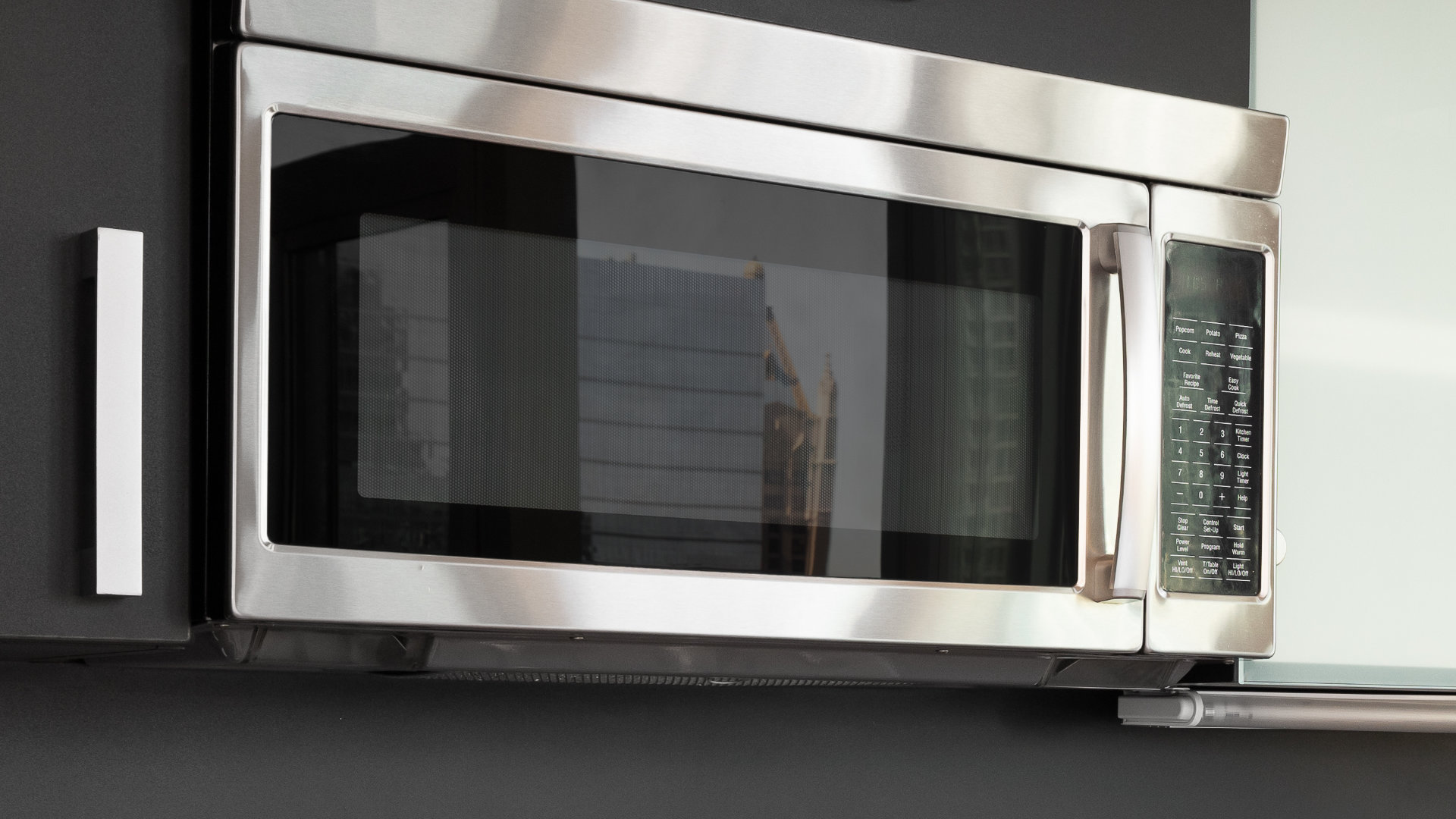
Your Guide to Whirlpool Microwave Replacement Parts
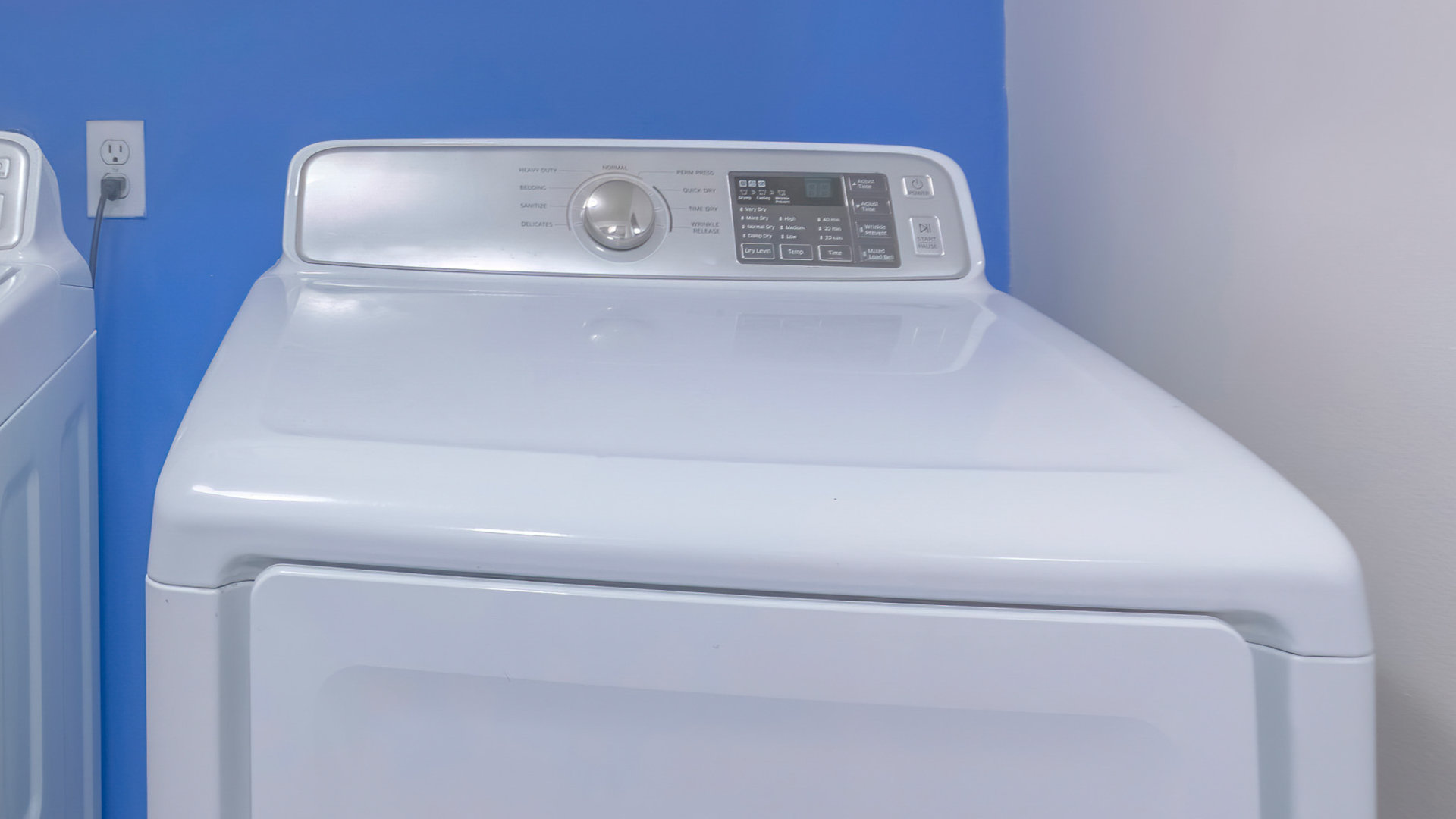
What to Do When Your Kenmore Dryer Won’t Start
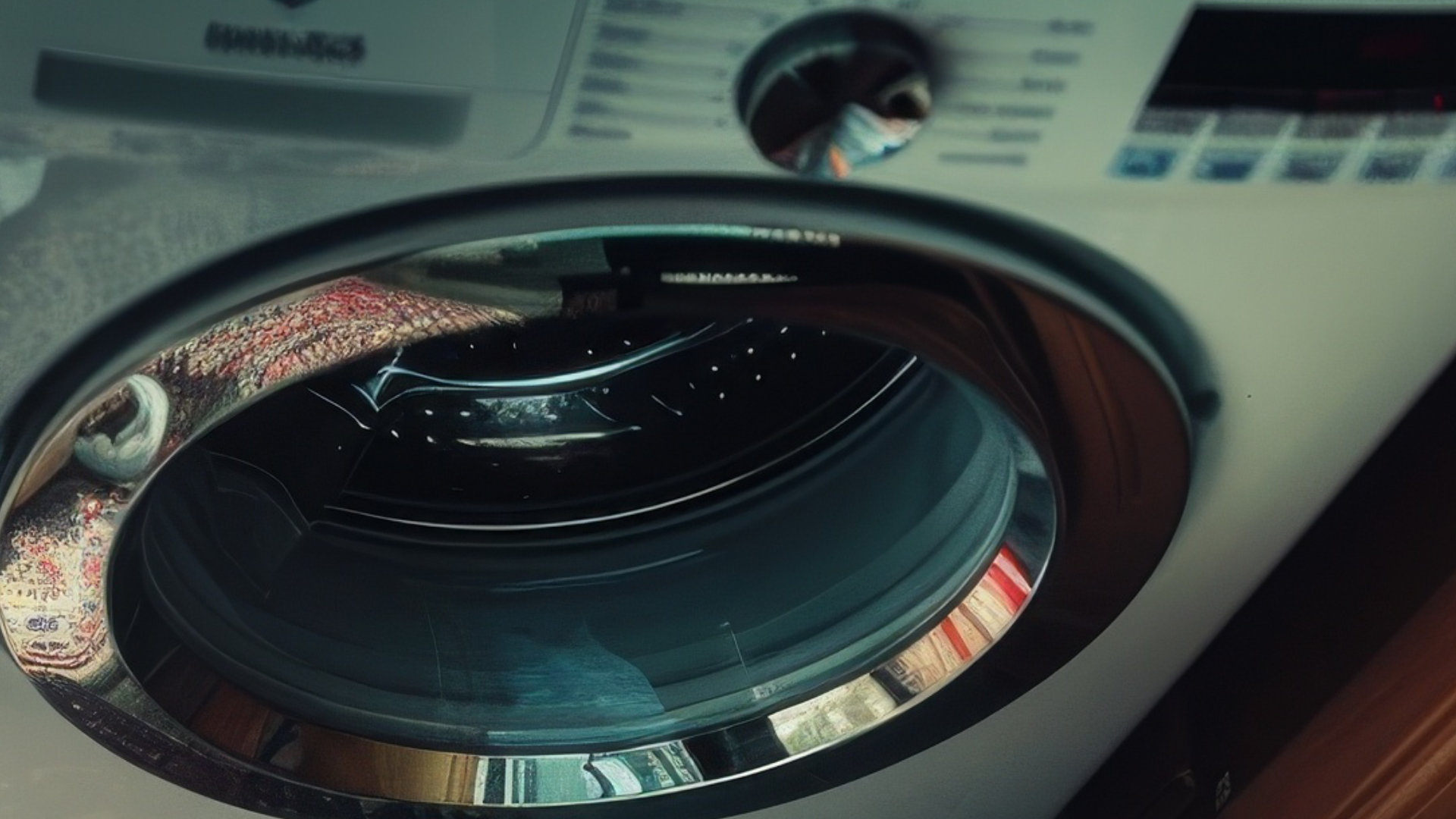
How to Resolve the LG Washer LE Error Code
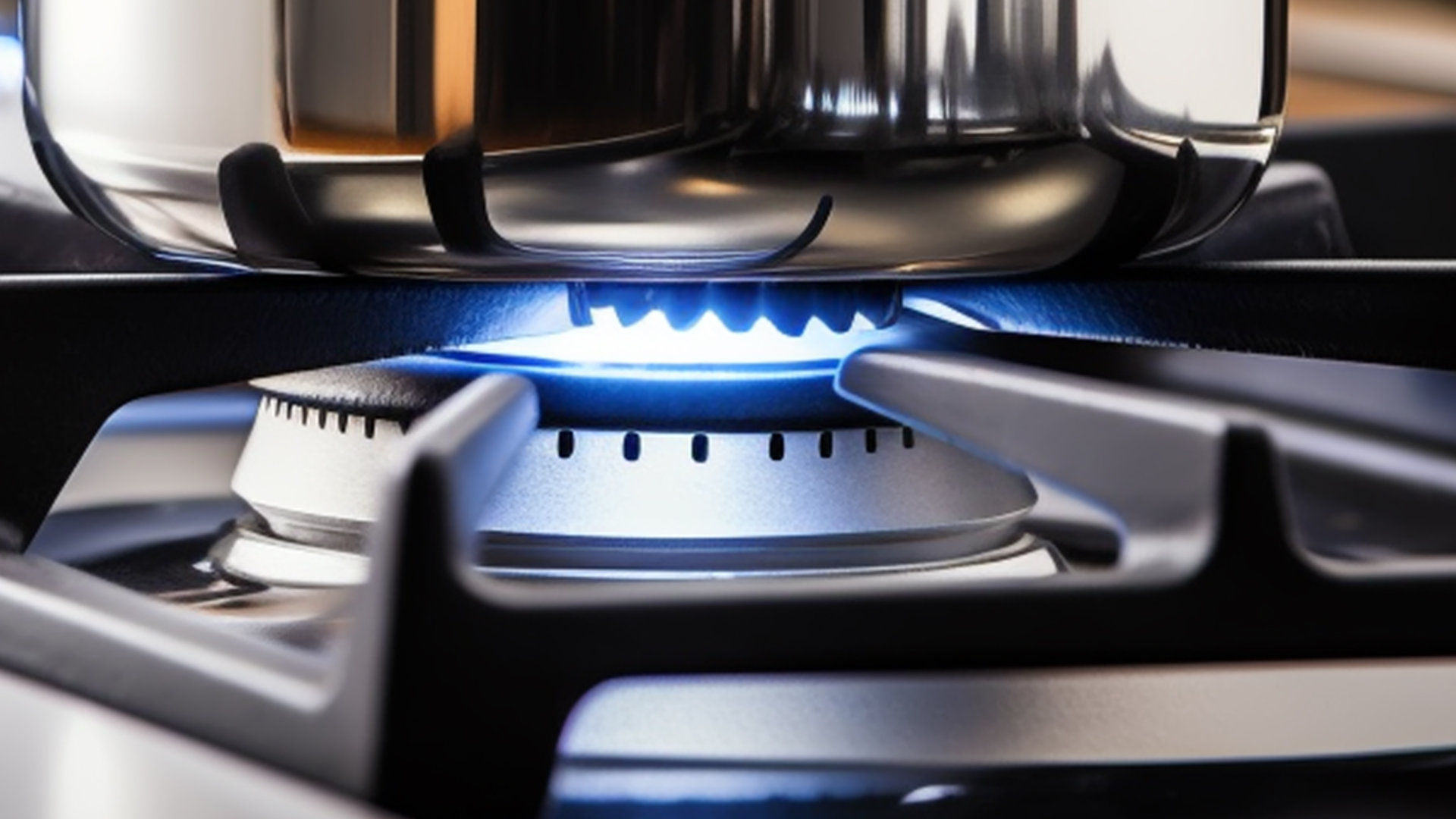
Why Does My Oven Smell Like Gas? Causes and What to Do
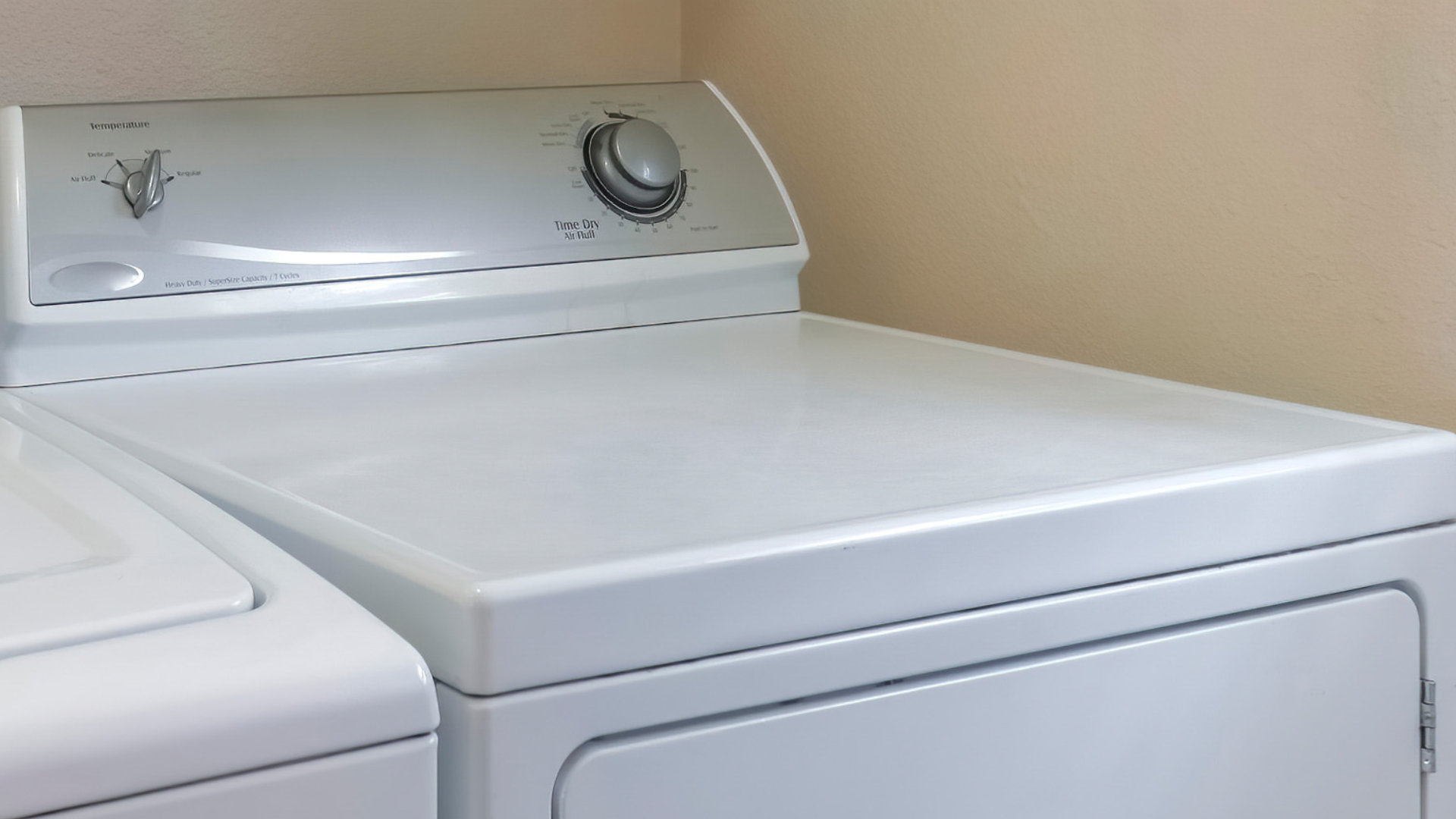
Maytag Dryer Not Heating? Here’s How to Fix It
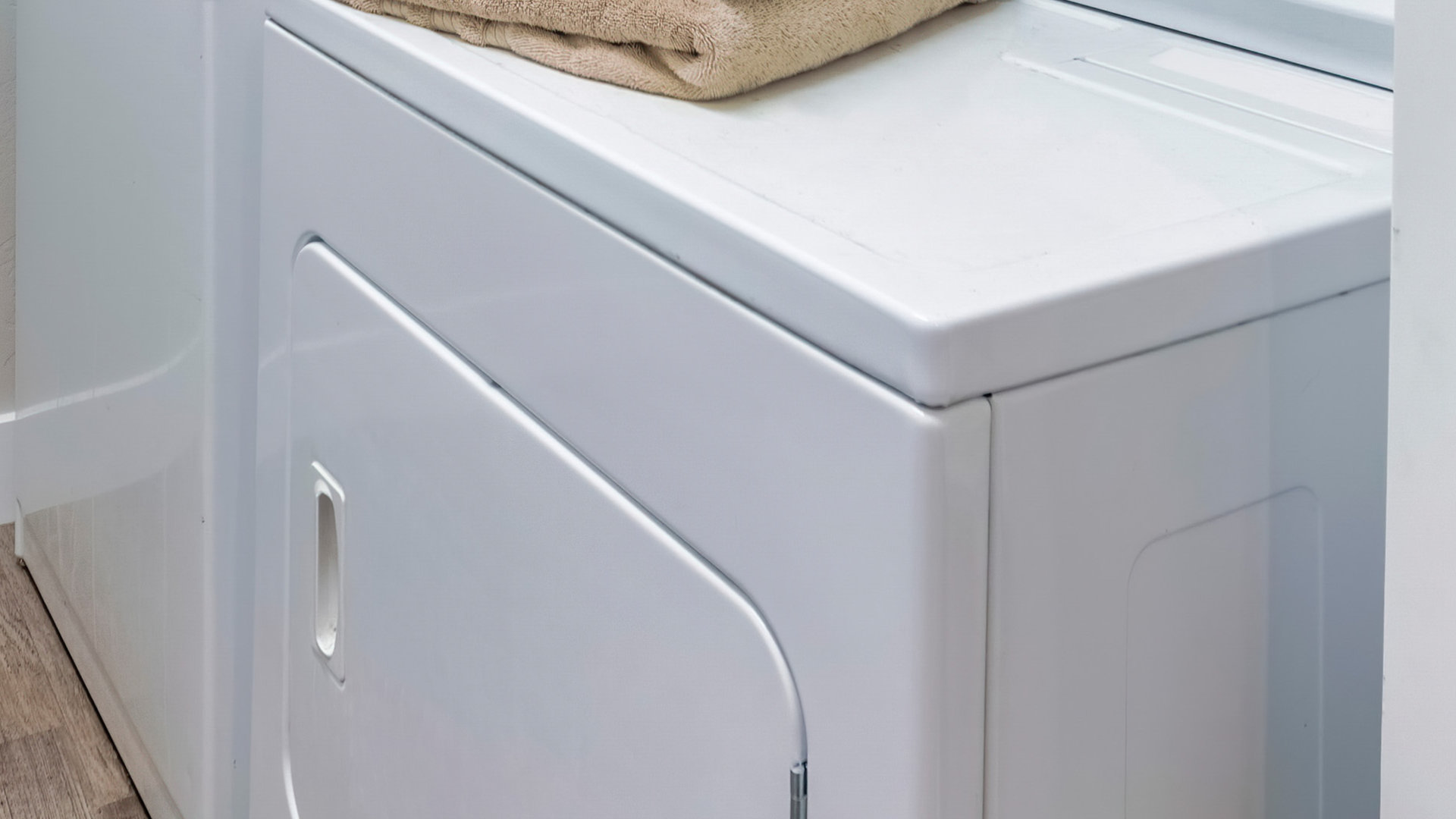
6 Common Reasons Your Speed Queen Dryer Isn’t Heating
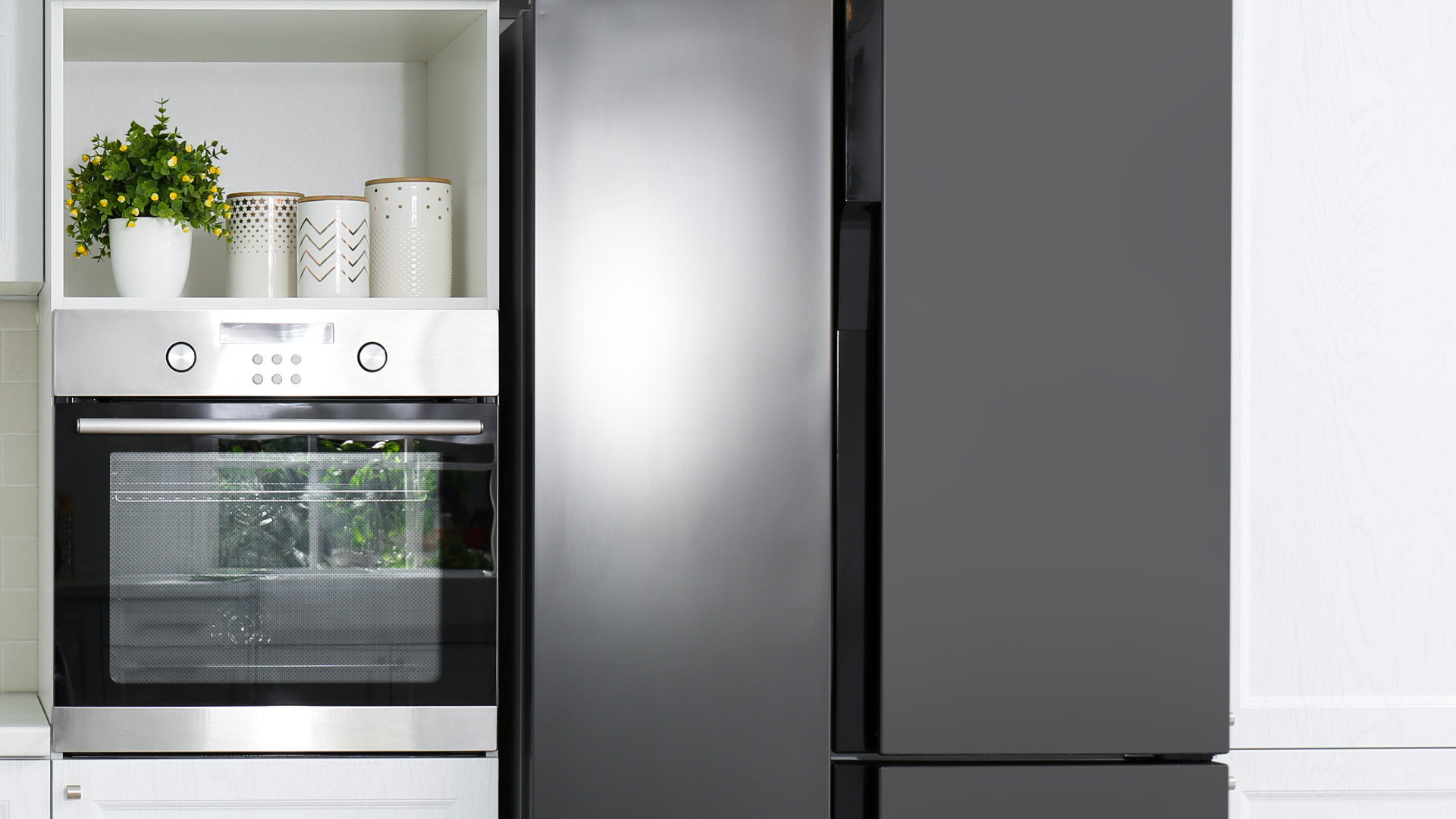
8 Reasons Your Samsung Refrigerator Is Not Cooling
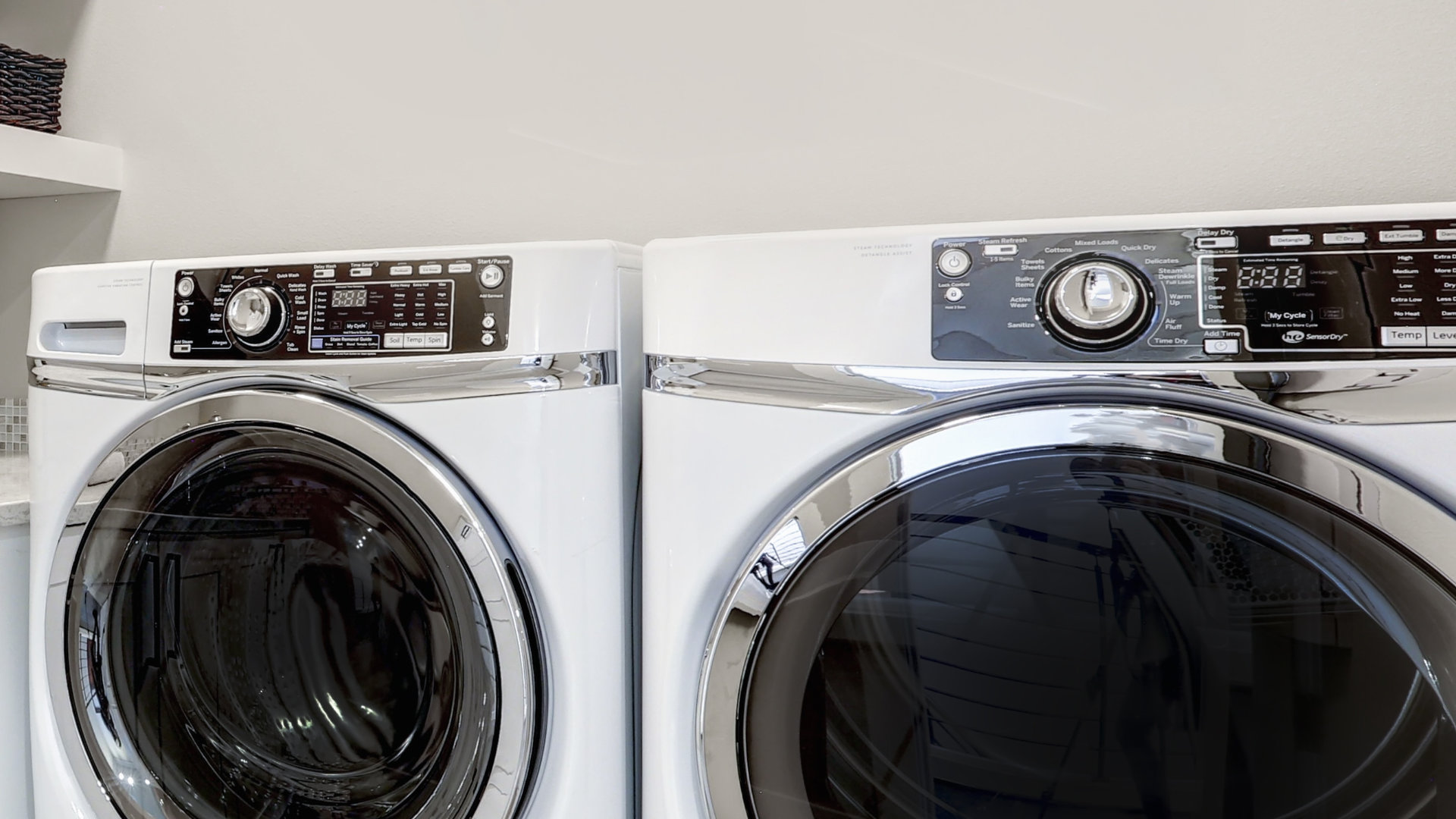
9 Most Reliable Washer and Dryer Brands

How to Get Ink out of Your Dryer the Easy Way

Why Is My Fridge Making Noise That Stops When the Door Is Open?

Frigidaire Refrigerator Error Code H1: Causes & Solutions
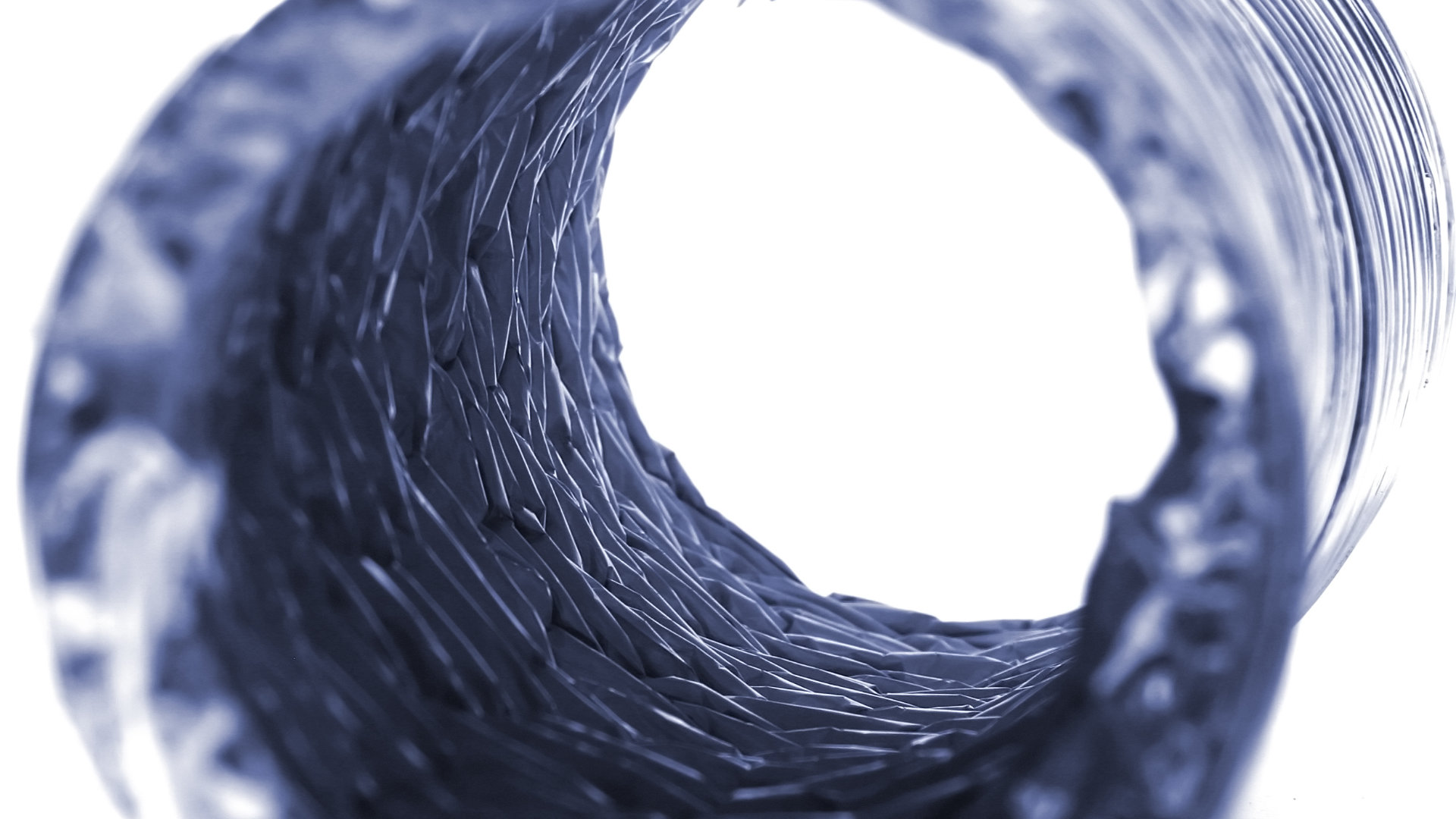
How to Clean a Dryer Vent Without Moving the Dryer
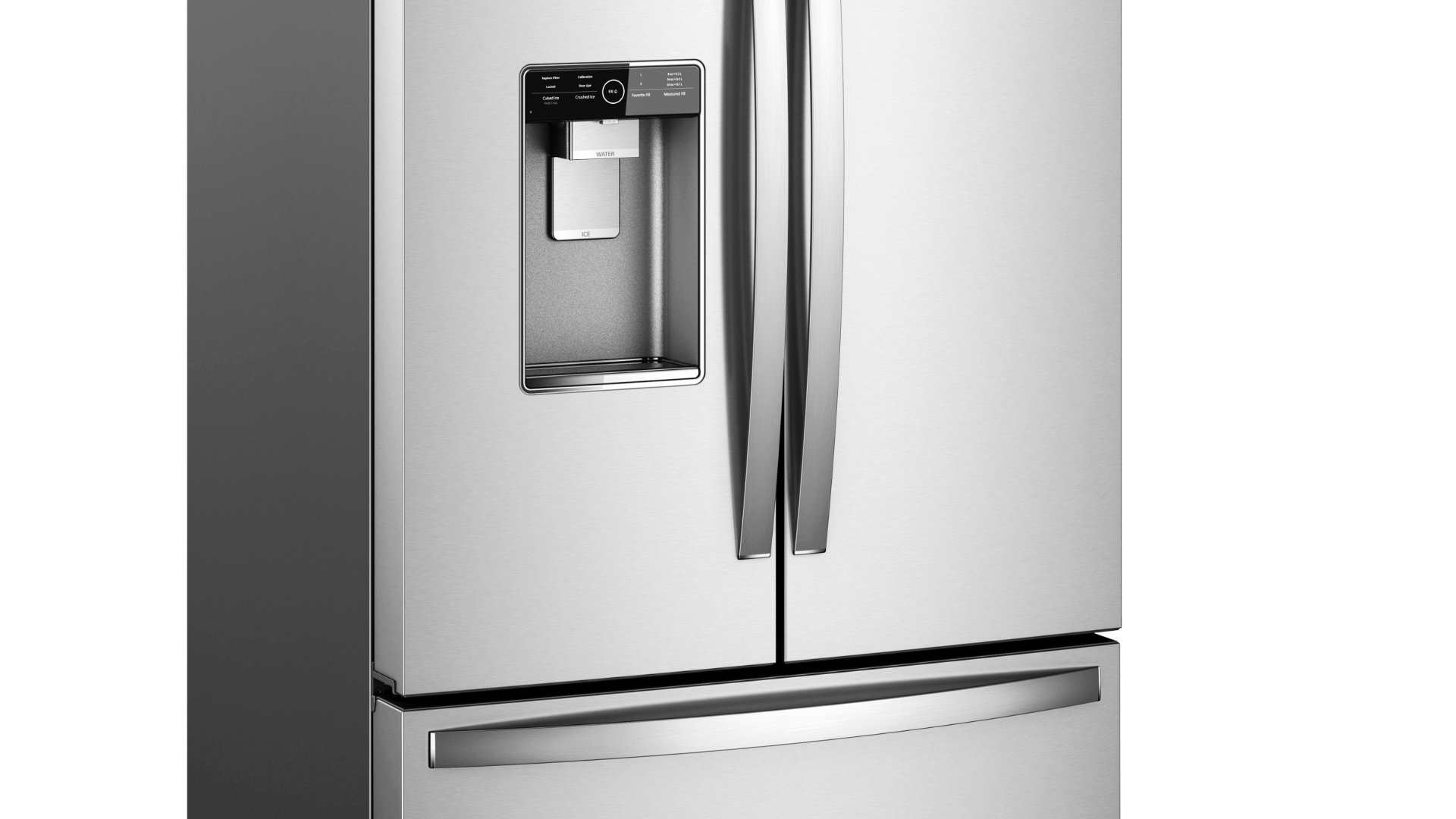
9 Reasons Your LG Refrigerator Isn’t Cooling
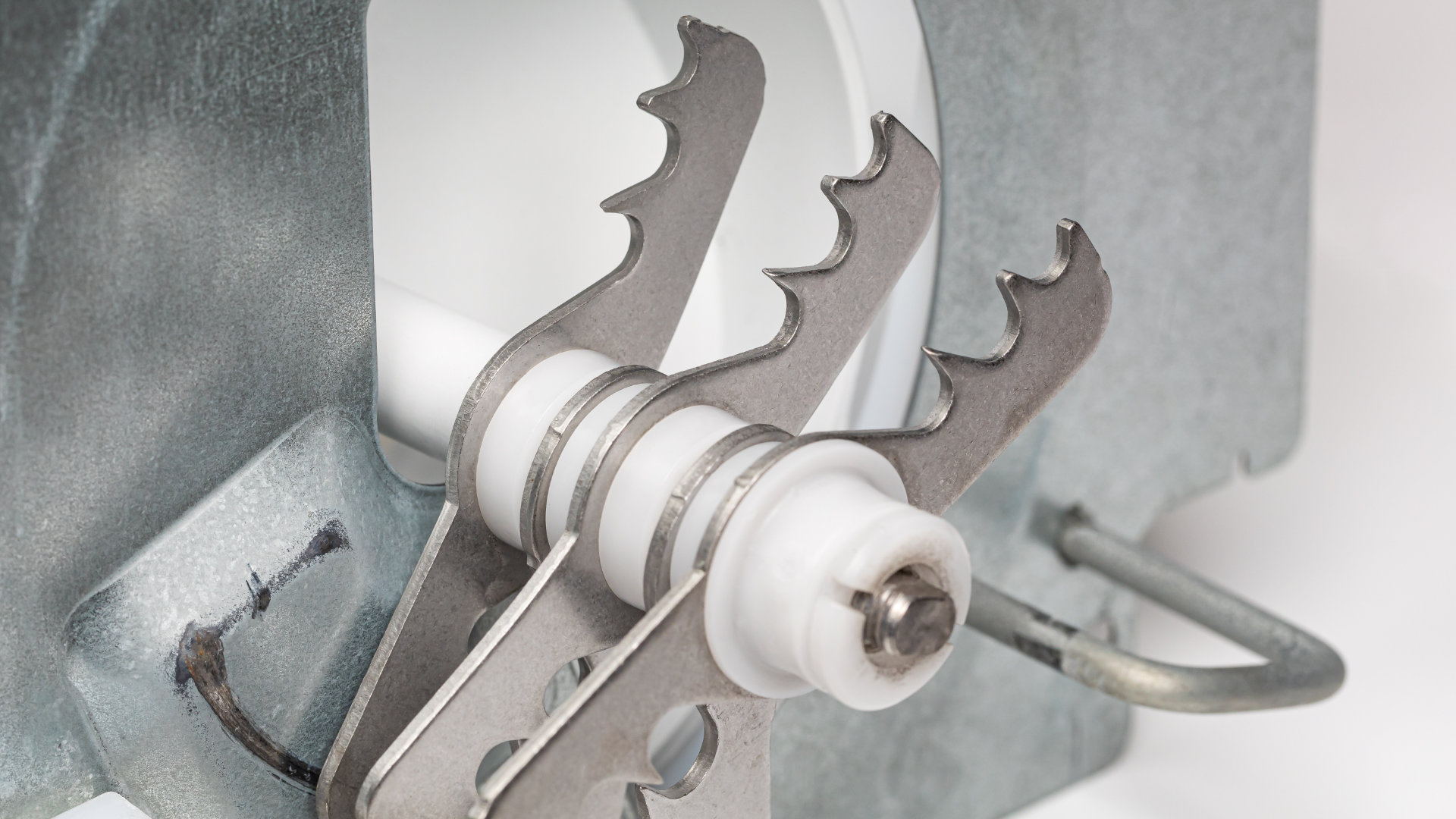
LG Refrigerator Not Making Ice? Here’s What To Do!


